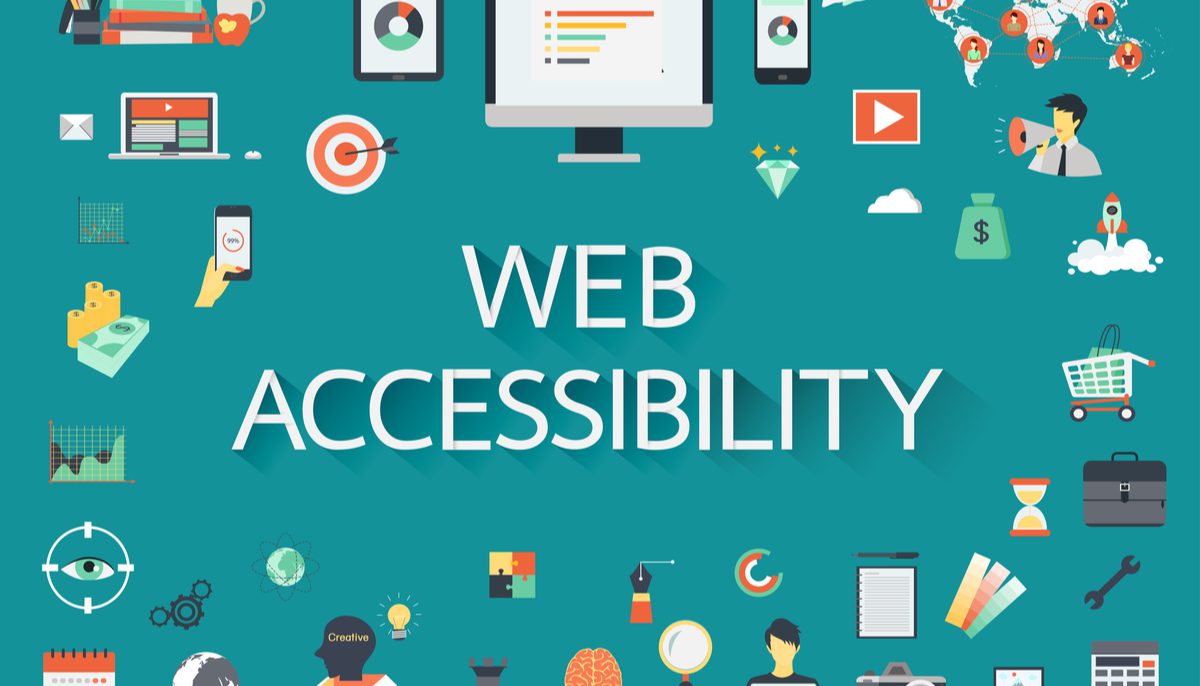The internet has become a vital amenity in the 21st century. It is essential in government, business, medicine, entertainment, education, and so much more.
In this age of online interconnectivity, a wide range of people need to use the internet. Not everyone is fully capable of doing so. People with various disabilities find it difficult to access traditionally designed websites. Making the internet accessible to people from various walks of life is the goal of an ADA (Americans with Disabilities Act) compliant or web accessible website.
An ADA compliant website is a website that fulfills the legal requirements of accessibility. To that end, the US courts and Department of Justice require that a website meets all the WCAG 2.0 Level AA success criteria to be ADA compliant.
You’ll need voice recognition software or a different input device substitute for those who can’t use traditional input devices, captions for those without a hearing, etc. A website designed to be ADA compliant is available to all users of the internet.
For instance, web accessibility isn’t just for those with disabilities that make it difficult to access traditionally designed websites. It also applies to people without disabilities but still have difficulty accessing the net like:
Web accessibility is not a legal issue, but it is a broad one. If a website is ADA compliant, it is web accessible, but a web accessible website isn’t automatically an ADA compliant website.
Overall, it is easier to make a website web accessible than it is to make it ADA compliant. The legal hoops required for a web developer to jump through in order to develop a website considered ADA compliant are many. The cost associated to building an ADA compliant website is much higher than a web accessible site. A web accessible website fills the requirements, not so much to be considered ADA compatible, but enough to provide access to many internet users with varying needs.
Accessibility does more than open the internet to those who are differently abled or those who are hampered by their situations. The principles connected to accessibility can also be applied to other principles in other fields like mobile web design, search engine optimization (SEO), usability, design for the elderly, etc.





